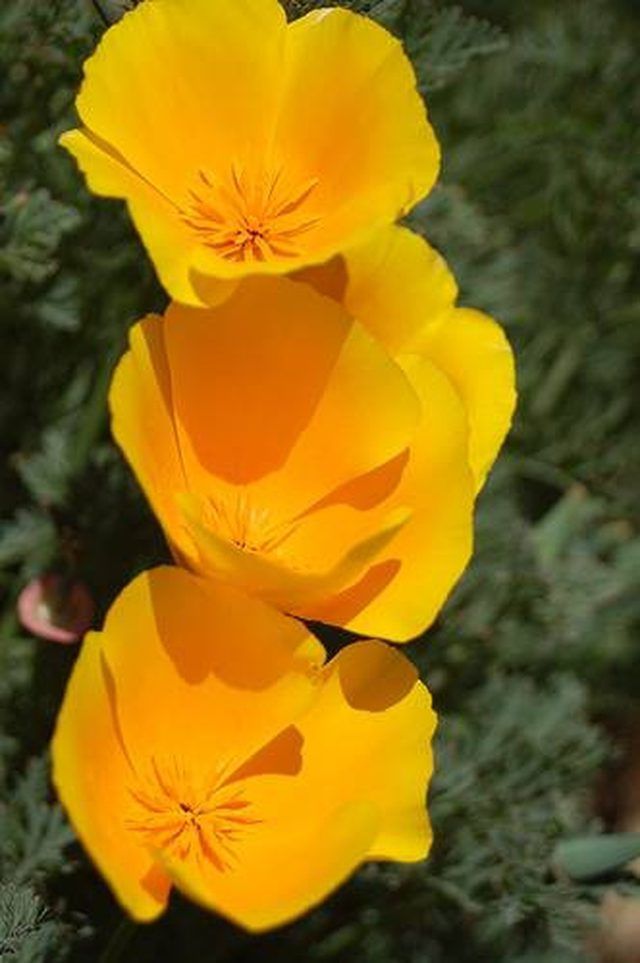Bulbs
Flower Basics
Flower Beds & Specialty Gardens
Flower Garden
Garden Furniture
Garden Gnomes
Garden Seeds
Garden Sheds
Garden Statues
Garden Tools & Supplies
Gardening Basics
Green & Organic
Groundcovers & Vines
Growing Annuals
Growing Basil
Growing Beans
Growing Berries
Growing Blueberries
Growing Cactus
Growing Corn
Growing Cotton
Growing Edibles
Growing Flowers
Growing Garlic
Growing Grapes
Growing Grass
Growing Herbs
Growing Jasmine
Growing Mint
Growing Mushrooms
Orchids
Growing Peanuts
Growing Perennials
Growing Plants
Growing Rosemary
Growing Roses
Growing Strawberries
Growing Sunflowers
Growing Thyme
Growing Tomatoes
Growing Tulips
Growing Vegetables
Herb Basics
Herb Garden
Indoor Growing
Landscaping Basics
Landscaping Patios
Landscaping Plants
Landscaping Shrubs
Landscaping Trees
Landscaping Walks & Pathways
Lawn Basics
Lawn Maintenance
Lawn Mowers
Lawn Ornaments
Lawn Planting
Lawn Tools
Outdoor Growing
Overall Landscape Planning
Pests, Weeds & Problems
Plant Basics
Rock Garden
Rose Garden
Shrubs
Soil
Specialty Gardens
Trees
Vegetable Garden
Yard Maintenance
How to Grow Poppies in a Container
How to Grow Poppies in a Container. These easy-to-grow flowers come in both perennial and annual varieties. One time referred to as a "common cornfield weed," poppies are anything but a weed. Although poppies do grow as wildflowers in some areas, they are a popular choice among gardeners for adding eye-catching color to rock gardens, mass plantings...

These easy-to-grow flowers come in both perennial and annual varieties. One time referred to as a "common cornfield weed," poppies are anything but a weed. Although poppies do grow as wildflowers in some areas, they are a popular choice among gardeners for adding eye-catching color to rock gardens, mass plantings and borders. Poppies can grow from 12 to 24 inches tall and are available in a rainbow of colors. These plants are a great choice for novice gardeners, since they are so easy to grow whether in a garden outside or in containers. There are a few basic steps for growing poppies.
Things You'll Need
Poppy seeds
Container with drainage holes
Potting mix
Compost
General-purpose fertilizer
Fill your container to within 1 inch of the rim with a good potting soil. Poppies prefer good drainage, so mixing in a little compost with your potting soil before planting works well. Do not use a garden mix, as this type of soil tends to hold in water, making it heavy and compact.
Sow the seeds directly on top of the potting soil mix. Seeds can be sown inside around mid-March; sow outside after the last frost has passed, usually around the end of April or beginning of May. Spread a light layer of potting soil mix over the seeds. Poppies prefer full sun compared to partial shade; set your containers in an area that will get full sun throughout the day.
Water to moisten the soil. Be careful not to flood the pot, disturbing the seeds. Use a water can or spray bottle. Seedlings will appear after about four to six weeks.
Use a general-purpose fertilizer once or twice a month for the first growing season. After the first year of growth, fertilize only in the early spring and again in the fall. A liquid fertilizer works well; water well after fertilizing.
Water every other day once plants are well established. Let the soil dry out in between waterings.
Deadhead old blooms often to encourage new growth. Blooms will appear in late spring to to midsummer. "Deadheading" simply means to pinch off old blooms.